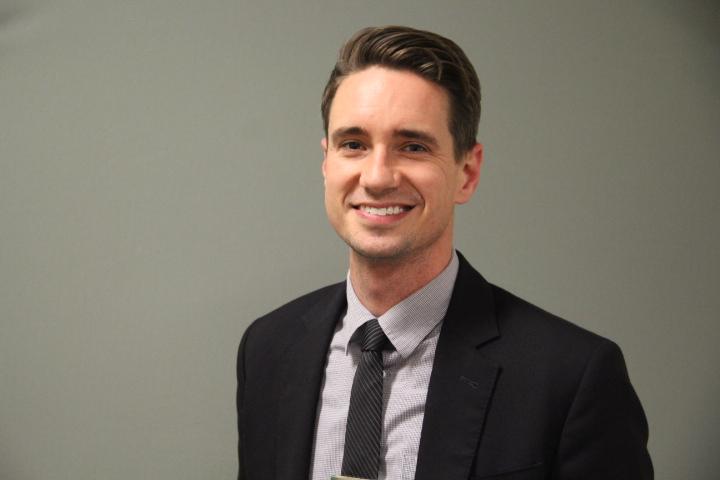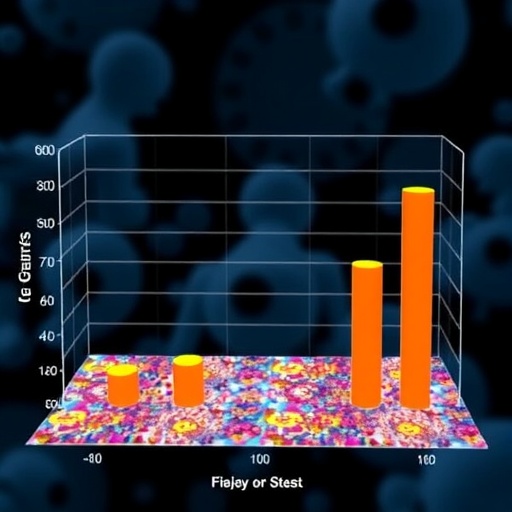
Credit: Boston Medical Center
BOSTON– Only one in four young adults and teens with opioid use disorder (OUD) are receiving potentially life-saving medications for addiction treatment, according to a new Boston Medical Center (BMC) study published online in JAMA Pediatrics.
Buprenorphine and naltrexone are medications used to treat OUD that help prevent relapse and overdose when used appropriately. In late 2016, the American Academy of Pediatrics recommended, for the first time, that providers offer medication treatment to adolescents with OUD.
Prior studies have shown that among all adults in treatment for opioids, one-third started using opioids before age 18, and two-thirds started before age 25. Unlike methadone, buprenorphine and naltrexone can be offered in the primary care setting. However, few teens receive medication due, in part, to a widespread shortage of physicians who have received a waiver certification required to prescribe buprenorphine. And, as researchers note, of all of the physicians who are certified in the United States, only one-percent are pediatricians.
"We know that experimentation with opioids often begins in adolescence, and early signs of addiction most commonly emerge in the teenage years or early 20s," said Scott Hadland, MD, MPH, MS, pediatrician and addiction specialist at BMC who led the study. "It is critical that providers caring for young people intervene early in the evolution of addiction and provide effective treatment with medication which can potentially prevent a lifetime of harm."
Researchers looked at nearly 21,000 teens and young adults aged 13-25 across the United States who were diagnosed with OUD between 2001 and 2014 and tracked whether or not they received buprenorphine or naltrexone within six months of their diagnosis. They found that 27 percent were given a medication within six months, and buprenorphine was dispensed eight times more often than naltrexone. Additionally, the diagnoses rate for OUD increased nearly six-fold from 2001 to 2014.
The study also identified sociodemographic differences in receipt of medications. Teens were least likely than young adults to receive medications, with less than 1 in 50 teens aged 13-15 and 1 in 10 teens aged 16-17 provided buprenorphine or naltrexone. Females were less likely than males to receive medications, as were African American and Hispanic teens compared to Caucasian adolescents. The underlying reasons for these gender and race differences are unknown, though researchers suggest that it may relate to access issues, denial of care or provider bias.
"Our study highlights a critical gap in addiction treatment for teens and young adults. We need tangible strategies to expand access to medications that do not worsen the gender and racial disparities we observed," said Hadland who is also an assistant professor of pediatrics at Boston University School of Medicine. "It's imperative that access to addiction treatment is widespread and equitable."
###
About Boston Medical Center
Boston Medical Center is a private, not-for-profit, 487-bed, academic medical center that is the primary teaching affiliate of Boston University School of Medicine. It is the largest and busiest provider of trauma and emergency services in New England. Committed to providing high-quality health care to all, the hospital offers a full spectrum of pediatric and adult care services including primary and family medicine and advanced specialty care with an emphasis on community-based care. Boston Medical Center offers specialized care for complex health problems and is a leading research institution, receiving more than $117 million in sponsored research funding in fiscal year 2016. It is the 13th largest recipient of funding in the U.S. from the National Institutes of Health among independent hospitals. In 1997, BMC founded Boston Medical Center Health Plan, Inc., now one of the top ranked Medicaid MCOs in the country, as a non-profit managed care organization. It does business in Massachusetts as BMC HealthNet Plan and as Well Sense Health Plan in New Hampshire, serving 290,000 people, collectively. Boston Medical Center and Boston University School of Medicine are partners in the Boston HealthNet – 14 community health centers focused on providing exceptional health care to residents of Boston. For more information, please visit http://www.bmc.org.
Media Contact
Elissa Snook
[email protected]
617-638-6823
@BostonUNews
http://www.bmc.org
############
Story Source: Materials provided by Scienmag





